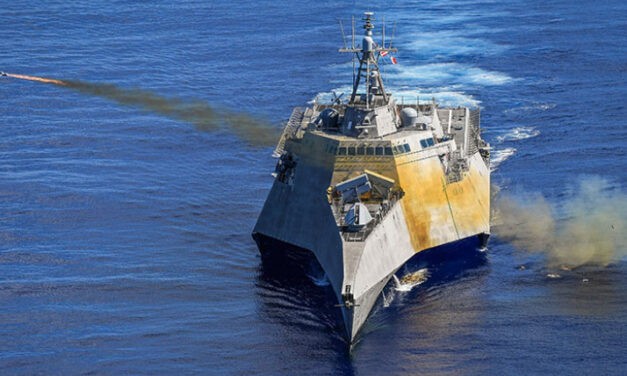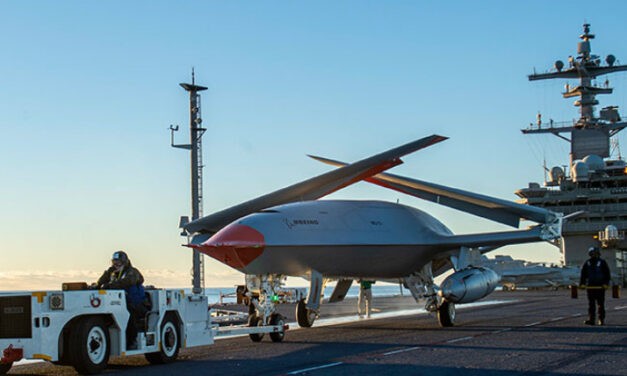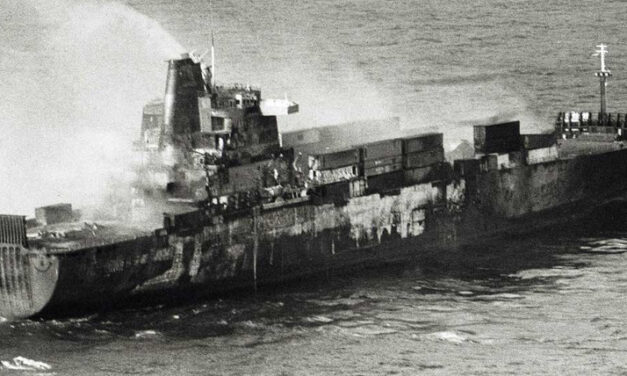Light(er) on land
The Navy and Marine Corps are planning the joint construction of amphibious units. However, different ideas are jeopardising the success of the project. The US Navy is planning to introduce a new class of light amphibious warship (LAW) for transporting marines to the theatre of operations. A decision on the ship design is expected to be made in the first half of 2023. With a length of between 60 and 120 metres and a displacement of 3,000 to 4,000 tonnes, the LAW falls into a medium size class from an international perspective. The maximum draught is 3.7 metres in order to ensure that the ship can approach the landing beach directly and...
Weiterlesen






Latest comments